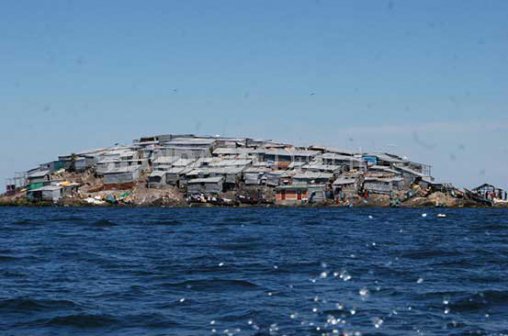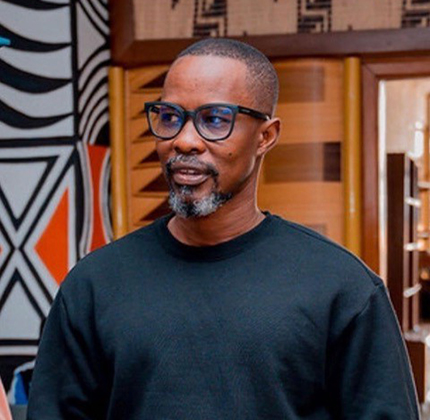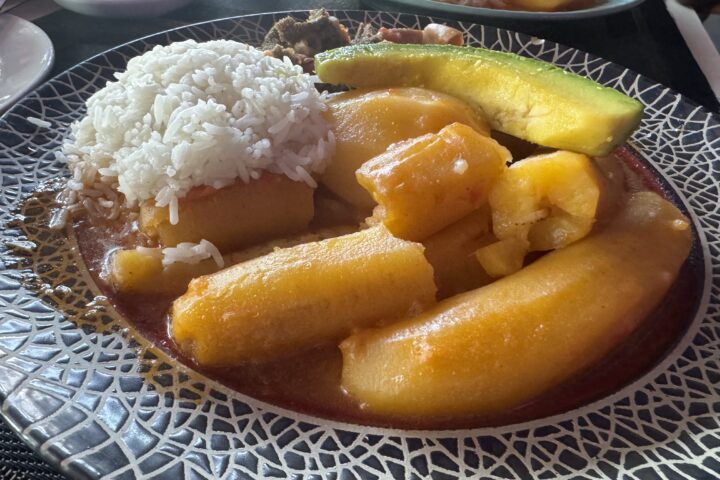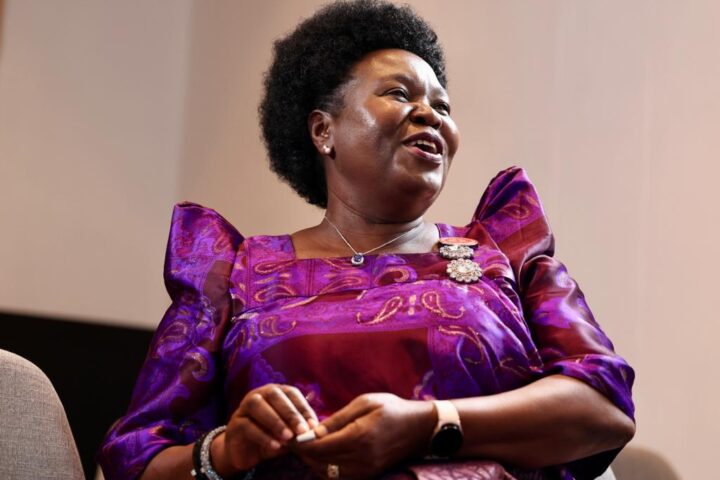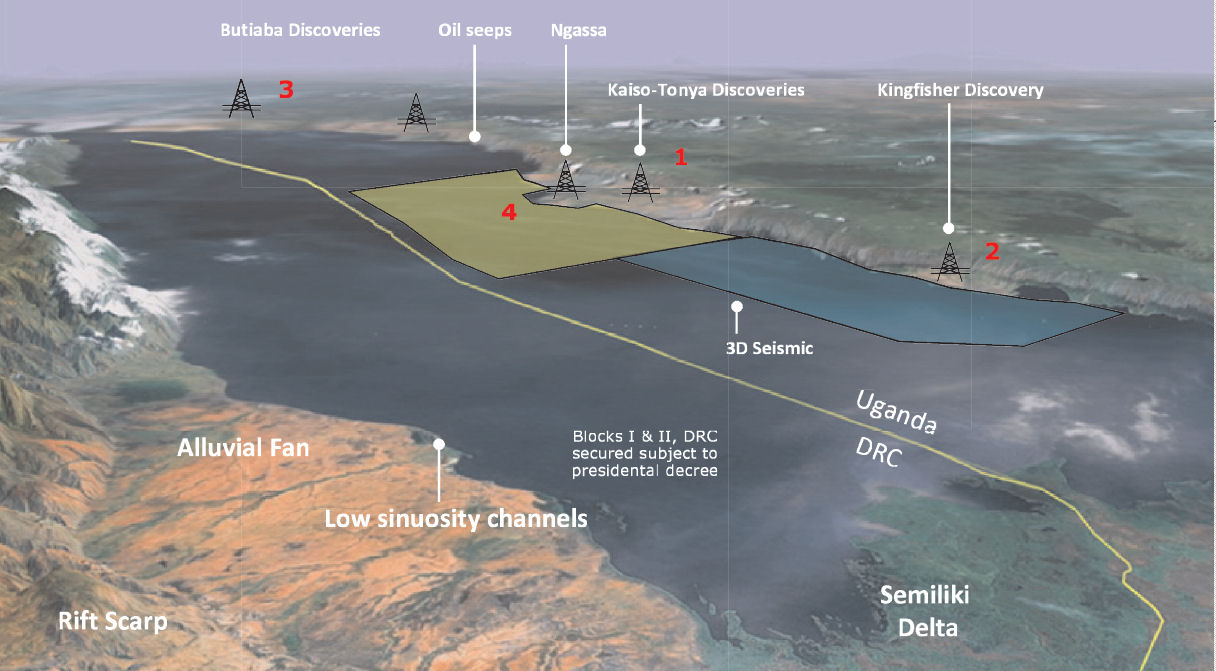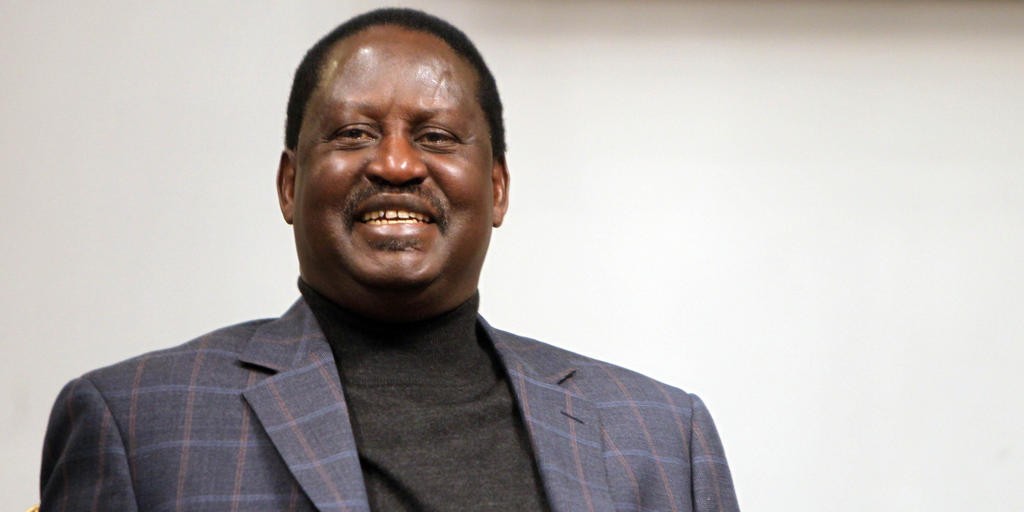Some of you commended us for flagging Migingo and its potential to stir up real problems for Uganda and Kenya in our post of April 13. We thank you anonymously of course for your compliments. Migingo is representative of unfinished political business in Kenya and has to do with the legitimacy test that President Mwai Kibaki is facing following his re-election controversially into a new term. Uganda, long accused of being an ally of the Kenyan President [ Mr. Museveni personally actually] is now in this mix.
It may lead to more unpleasantness and we will return to that later.
In the meantime another potentially serious problem for Uganda is brewing in South Sudan where tribal violence has shown the inadequacies of the self-government experiment by the Sudan Peoples Liberation Movement. They have been described as a worse emergency than the situation in Darfur.
Tribal clashes of the Bari, Mundari, Nuer or Dinkas and others are not new. The problem here is that on the eve of a vote for southern independence in 2011, this schisms are of potential benefit for the National Congress Party of Omar el Bashir.
Uganda wise, ethnic warfare means the loss of markets in Sudan a key trading partner and prospect of destabilisation of the northern part of the country as well as refugees and its associated problems.
Relations with Sudan are a key issue for Uganda as it tries to avert such a scenario. Right now however not just Uganda but other actors are not lifting the veil of Southern self-government to show how the stresses of tribal affiliation are already forecasting serious problems in the future.
AND the story is ……
Sometime in April 1979 locked doors and drawers of the headquarters of the State Research Bureau one of the inner sanctum of Gen Idi Amin Dada’s iron clad rule which had crumbled to the new boots of the invading force of the Tanzanian army, were flung open. As the smell of change hang in the air with gun powder, rotting corpses, burnt cars and the residue of torture within the concealed corridors of the SRB, something else sinister was discovered by those trying to demystify Amin’s dramatic exit. According to the book, “War in Uganda. The Legacy of Idi Amin” by embedded journalists Tony Avirgan and Martha Honey, the SRB had fled leaving thousands of files. Most were information on Amin collaborators as well as people, locals and foreigners alike, the intelligence unit was watching. “Possibly the most startling find on the upper floors..was a copy of the Tanzanian army’s top secret, limited circulation document detailing the plan for attacking Kampala. The document gave routes to be taken and the day-to-day positioning of each Tanzanian battalion for the weeks leading up to the entrance to the Ugandan capital” the authors say. They add that “with such information almost any army in the world could have laid traps and decimated the attacking force”. Why did the Amin military fail to make use of valuable intelligence? One of the Tanzanian military figures who conducted the campaign Lt Col Ben Msuya is quoted as describing the war as something akin to a Chinese movie where the “good guys” never seemed to get harmed. Amin was the bad guy apparently. But what if the war had gone differently? Idi Amin is dead but Uganda is still led by a military figure with more military exploits than his predecessor at State House Entebbe. Now once again a situation presents where Uganda is accused of the genesis of actions that proved to be the proverbial straw that broke the back of Amin’s puffy and bullish posture as the military prefect of the neighborhood; territorial claims. And while the war has been fought in the media wagging tongues are rating the prowess of the two armies. What will happen if Uganda and Kenya went to war over the disputed island of Migingo? Who would win? Is the Ugandan military today the type that would ignore actionable intelligence that could change the course of a war and the destiny of a government? Few believe that Uganda and Kenya will draw any blood following their recent tiff over the island; a rocky outpost out of nowhere on Lake Victoria which few, except fishermen and smugglers knew was on the map. If the two countries, both former properties of the colonial estate of Britain did lock horns what type of punches would they throw at each other? WHAT WAR? It’s a farfetched situation say most political watchers. Uganda is Kenya’s biggest trading partner and a source of vital food imports. The volume of imports and exports changing hands across the two countries has been growing steadily in the last half decade. Landlocked Uganda relies almost exclusively on Kenya for access to the sea through the Kenyan port of Mombasa. This means that any hostilities would immediately affect oil imports effectively cutting off the fuel that Kampala needs for its economy to run. One of the big earners for Uganda is the thousands of students from neighboring countries including Kenya which fetched in excess of 30 million dollars in 2006. During the brief crisis following the December 2007 fallout from the Kenyan election revealed the kind of damage a minor blockade could have. At the time allegations by Kenyan politicians that Ugandan troops had intervened in parts of western Kenya led to attacks on trucks carrying goods to Uganda. The Uganda-Kenya railway [ emphasis on Uganda in the name because it was a crucial British colonial artery to the hinterland was attacked by angry youths. The result was the escalation of pump prices with petrol selling at Ushs 10,000 as stocks dried up fast partly because national reserves were poorly managed. Cutting off oil supplies also threatened Uganda’s energy supply which is almost 50% thermal. Wars would be costly nightmare this argument goes for both sides. Kenya is the bigger beneficiary of the large volume of bilateral trade. Uganda is also Kenya’s access to valuable markets in South Sudan, eastern Democratic Republic of Congo and Rwanda. There is also possibility that tourism Kenya’s golden egg would burst in a war and scores of already starving Kenyans reliant on cheap Ugandan grown cereal would go without. Still territorial fights between the two countries are not new and have happened before. When the National Resistance Movement was just a year in power then president Daniel Arap Moi shut the border for three days and brief skirmishes ensued. The reason say those in the know was the attempt by Uganda to reconfigure her supplies of basic commodities. “ Nicholas Biwott a powerful man in the Moi government was also a major transporter and when Uganda opted to use railway transport instead of road haulage relations became strained” one Ugandan government source claimed. Another claimed Kenya did not trust the Marxist leaning NRA at the time fearing they would export their revolutionary ideas by militant means. Regardless intelligence sources said Moi and Yoweri Museveni were put in touch with each other and the crisis vaporized. “I do not think that even if hostilities broke out they can continue to the point where a winner is established ” said Hon Kakoba Ongango, the chairperson of the Great Lakes Parliamentary Forum. He argues that even if war were hypothetically possible the emerging scenarios point to its quick resolution. “A solution would arise bilaterally. One has to look at the character of the two presidents. Ultimately one of them would back down” he said. Uganda has been the first one to offer a concession by lowering its flag on Migingo the source of the recent diplomatic [and not yet military] standoff. A boundary commission report is awaited which is expected to resolve the issue. However Onyango says regional peace keeping mechanisms including the East African Community and the pact of the Great Lakes Conference on Peace and Security would provide a platform for truce making. A diplomat from one of Uganda’s key allies in the region agrees with the possibility of bilateral peace. “The Great Lakes pact is weak and the Inter-government Authority on Development [IGAD] is dead. Personal diplomacy is the best chance” the diplomat said but declined to be named because accredited persons are not allowed to comment on the internal affairs of host countries. In the heavily militarized central African region, long a source of conflict, personal diplomacy has been crucial but it has also placed foreign policy of countries like Uganda at the mercy of personal relations. Consequently they get upset by personal agendas and fragile egos. In the recent past another island dispute between Uganda and DRC, Rukwanzi on Lake Albert, was arrested when diplomats brokered a meeting between President Yoweri Museveni and Joseph Kabila in Tanzania. “If Tanzania were still head of the African Union it is possible to have used its influence over the Migingo” said the diplomats who admitted the international community had ignored the affair until it started packing heat. For over a month the use of the words “war” have been employed often in proscribing a solution to the Migingo saga, the island dispute on Lake Victoria that has grabbed headlines mainly in Kenya. Most analysts both within and outside the Uganda government consider Migingo as part of the Kenyan political equation. “Uganda is a scapegoat of Kenyan political contradictions” said Hon Isaac Musumba, the junior foreign affairs minister who has been engaged in the shuttle diplomacy to calm nerves in Nairobi. Ugandan managers have are scrambling to insulate the country from a 2008 like crisis when transport routes in Uganda were cut off. Eng John Nasasira said a ministerial sub-committee had been established to polish up Uganda’s strategy for a route to the sea through Tanzania. The prevailing view is that the Government of National Unity in Kenya, a coalition engineered in the aftermath of the post-election by international diplomats is straining against the ambitions of the loser of the election Prime Minister Raila Odinga. “Mr. Odinga is projecting Migingo on the record of President Mwai Kibaki portraying him as a weakling and applying pressure on him with a hope he will abdicate” one diplomat quipped. Uganda, a perceived ally of the Kenyan President has been dragged kicking and screaming [the government has not joined the war of words over Migingo sticking to the diplomatic script] to the center. As the temperatures rose in the past weeks Uganda was accused of being the aggressor allegedly deploying its navy, air force, commando units to secure the half acre rocky outpost of Migingo. One report published in the Standard newspaper in Kenya claimed to rely on a secret memo allegedly from the office of Inspector General Kale Kayihura, a formal political commissar, former military assistant to President Yoweri Museveni. The alleged memo led the newspaper to the conclusion that “despite Uganda President Yoweri Museveni’s feigning ignorance about the dispute, the combined force of Uganda Peoples Defence Air Force (UPDAF), Presidential Guard Brigade (PGB) marines, and police involved had his full backing”. It was published alongside a map showing that Migingo was in Kenya. The newspaper not only made the case that Kenyan territory had been grabbed by its militant neighbor with executive sanction. Kenya various commentators said must respond in kind; send in her troops. If Mwai Kibaki was facing political mob justice now it was clear that a rehash of the Amin dilemma over its claims over the Kagera Salient in Tanzania were being reenacted. Indeed the genesis of that story is in Kenya since Amin’s claims over Kenyan territory led to a cold war between the two countries in 1976. “We know our boundaries and will defend our uhuru at all costs and anyone who tries to play with our government will be crushed” said the don of Kenyan politics Jomo Kenyatta when relations deteriorated in February that year. It was not until July however when things cooled over after troop build-ups at their common border. It’s probably not the last time that Ugandans will be hearing war drums sound between the two neighbors.
UGANDAN and KENYAN MILITARIES at a glance Military of Kenya According to Jane’s Defence Weekly- the authority on militaries around the world the Kenyan military is “probably the best trained and equipped land force in the East and Central African region”. The service says the Kenyan military which has not fought any major battles since the 60’s faces a major challenge with HIV/AIDS amongst its officers. Jane’s Sentinel Security Assessment [JSSA] however adds that the Kenyan military has some experience dealing with local banditry as well as armed castle rustling in western Kenya alongside the Ugandan border. The military has also deployed in the Mount Elgon area after the 2007 election. Kenyan military has also benefited from the larger purse of the Kenyan government because of Nairobi’s larger economy. “Kenya has managed to maintain one of the most dynamic procurement programmes in the region” says JSSA referring specifically to the purchase of logistical and operational equipment in the last decade. The government’s plans are to replace its aircraft by 2010 and focus on operational readiness procurement for the army essentially to “maintain qualitative edge over neighboring states” like Uganda. The defence budget for 2009/10 may likely suffer from the economic slowdown but in the current financial year was 50.8 shillings. The total force according to the publication “The Military Balance 2009” is 24, 120 at the core of which is the army [20,000] Navy [1620] and air force [2500]. There is an additional 5000 paramilitaries listed too bringing combat units to 29,000 divided into a brigade with 3 armed battalions, air cavalry consisting one battalion, 3 infantry brigades and three additional brigades including an artillery and engineering. In short the Kenyan army may not have combat experience but is a professional and well equipped force. Knowledgeable sources however put the Kenyan army at 20,000 totals. An intelligence source with access to Kenya’s threat assessment regime says it has serious concerns about its numerical strength especially applied against two neighbors, Ethiopia and Uganda. This problem extends to flexibility. “The Kenyan army recruits mainly officer cadet [often graduate level] personnel unlike Uganda and others who can fill up the ranks of their infantry” the source said. The Kenyan army, which has remained out of politics is also heavily elitist and is a privileged class. Recently there have been complaints over early retirements along ethnic lines reflecting the type of tensions in Kenyan politics.
Uganda Peoples Defence Forces The army in Uganda is distinguishable by its large number of mainly infantry forces even if Kenya is territorially larger. Its officer core has been growing with a decade long programme of professionalizing the force. Its recently undertook a new structure to reflect the new look with the creation of a Chief of Defense Forces. Under him are commands of land forces, air and navy. Its large force between 45 to 50,000 is composed of 5 infantry divisions and other specialist units which buttress artillery, the mountain brigade, and a commando unit [recently brought under Special Forces]. The programme of modernization is on-going and can be seen in the quality of troops and equipment deployed to the African peace keeping force in Somalia. Personnel from these units were reportedly drawn for the UPDF’s December 2008 operation “Lightning Thunder” against the Lord’s Resistance Army in the Democratic Republic of Congo. Unlike Kenya where the army operates almost independent of other state institutions, the UPDF has its roots in a rebel army which captured power in 1986 and whose leaders led by Museveni have transitioned control from military to civilian rule while remaining in control of the military. As a result the UPDF has been described as “political” army and is fully controlled by the military leadership led by the President. Various reports say the center of gravity of the army is the President and the Presidential Guard Brigade which is the most elite unit in the army charged with protecting him but which takes on various other tasks it assigns. JASS describes the UPDF as “among the most powerful armed forces in the region”. Besides the formal force army reservists are put at 30,000 men including paramilitaries but the figure does not include veteran and other groups like those employed by the private sector whose number is another 22,000 men and women. Some of the poor reviews of the UPDF are that it has not yet transitioned into a professional force. The Military balance for example puts Kenya’s combat capable aircraft at 42 compared to 14 for Uganda. However unlike Kenya Uganda’s procurement regime is more flexible and sections of its assets are not accessible. Asked about the possibility of clashes between the two armies Army and Defence Spokesman Maj Felix Kulaigye said “We would not advice the Kenyan army to go to war with us” citing the spirit of the East African Community. He added that “We have the capacity to defend our airspace” and said Uganda was proud of its infantry.

